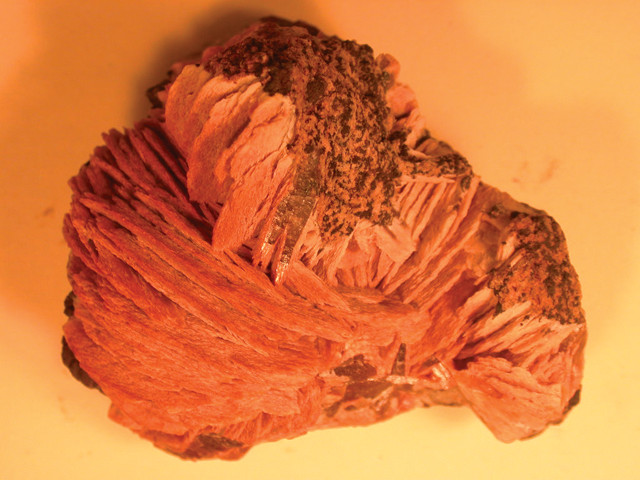
Effect of Hydration on Calcium Hydroxide Properties and Applications in Construction
Hydrated Calcium Hydroxide Properties, Uses, and Applications
Hydrated calcium hydroxide, commonly known as calcium hydroxide or slaked lime, is a versatile chemical compound with the formula Ca(OH)₂. It appears as a white, powdery substance and is produced by the hydration of quicklime (calcium oxide, CaO). This compound has garnered significant attention due to its various applications across multiple industries, including construction, agriculture, and environmental management.
Properties of Hydrated Calcium Hydroxide
Hydrated calcium hydroxide is characterized by its high solubility in water, forming a strongly alkaline solution known as limewater. This solution has a pH of about 12.4, making it an effective agent for neutralizing acids. The compound also exhibits unique thermal and chemical properties, allowing it to undergo transformations when subjected to varying temperatures and conditions. For instance, upon heating, hydrated calcium hydroxide can decompose back into calcium oxide and water, a process that can be reversed through hydration.
One of the intriguing aspects of hydrated calcium hydroxide is its ability to react with carbon dioxide. In the presence of CO₂, it forms calcium carbonate, a process widely utilized in various industrial processes such as carbon capture and mineralization.
Uses in Construction and Building Materials
In the construction industry, hydrated calcium hydroxide plays a crucial role as a key ingredient in the production of mortars and plasters. When mixed with sand and water, it forms a paste that hardens into a durable binding material. The compound’s high alkalinity contributes to the durability and longevity of the structures, making it ideal for use in cement and concrete formulations.
Moreover, hydrated calcium hydroxide is instrumental in the process of water treatment
. It is used to adjust the pH of water, promoting the precipitation of heavy metals and other contaminants. This not only helps in making water safer for consumption but also aids in protecting aquatic ecosystems from harmful pollutants.hydrated calcium hydroxide

Agricultural Applications
In agriculture, hydrated calcium hydroxide serves multiple purposes. It is commonly employed to amend acidic soils, improving their fertility and promoting better crop yields. Its alkaline nature helps to neutralize soil acidity, creating a more favorable environment for plant growth. Additionally, it can contribute calcium and hydroxide ions, essential nutrients for various crops.
Farmers also utilize calcium hydroxide to manage pests and diseases. When applied to crops, it acts as a fungicide and insecticide, helping to minimize the impact of harmful pathogens and insects, thereby increasing crop resilience.
Environmental Management
The environmental applications of hydrated calcium hydroxide are growing, particularly in the context of waste management and pollution control. In industries that produce acidic wastewater, calcium hydroxide is often used to neutralize acidity, facilitating the safe disposal or treatment of such waste. Its capabilities in carbon dioxide capture also hold promise for reducing greenhouse gas emissions, making it a potential player in the fight against climate change.
Conclusion
Hydrated calcium hydroxide is a remarkable chemical compound with diverse applications spanning construction, agriculture, and environmental management. Its high alkalinity, reactivity, and ability to improve soil health make it an invaluable resource across various sectors. As industries continue to seek sustainable solutions, the importance of hydrated calcium hydroxide is expected to grow further, proving its significance in both present and future technological advancements.
Share
-
Premium Pigment Supplier Custom Solutions & Bulk OrdersNewsMay.30,2025
-
Top China Slag Fly Ash Manufacturer OEM Factory SolutionsNewsMay.30,2025
-
Natural Lava Rock & Pumice for Landscaping Durable Volcanic SolutionsNewsMay.30,2025
-
Custom Micro Silica Fume Powder Manufacturers High-Purity SolutionsNewsMay.29,2025
-
Custom Mica Powder Pigment Manufacturers Vibrant Colors & Bulk OrdersNewsMay.29,2025
-
Custom Micro Silica Fume Powder Manufacturers Premium QualityNewsMay.29,2025






